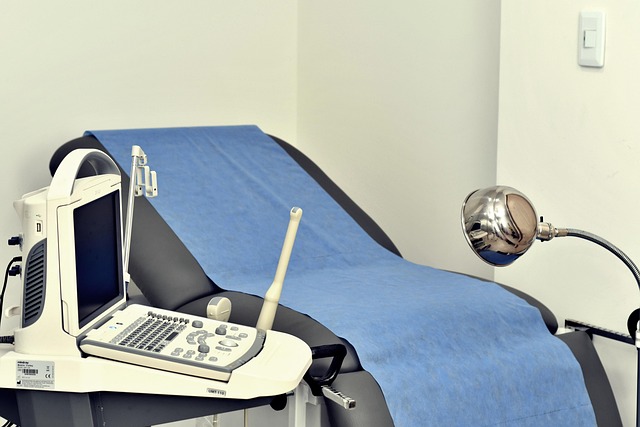The Evolution of Medical Diagnostic Equipment: Advancing Patient Care Through Technology
The landscape of medical diagnostics has undergone remarkable transformation in recent years, with technological advances revolutionizing how healthcare providers detect, diagnose, and monitor various conditions. Modern diagnostic equipment combines precision, speed, and intelligent features to deliver more accurate results while improving the overall patient experience. This evolution represents a significant leap forward in healthcare delivery and patient outcomes.

How Modern Diagnostic Tools Are Transforming Disease Detection
Today’s diagnostic equipment employs sophisticated imaging technologies and artificial intelligence to identify potential health issues at earlier stages. Advanced MRI machines now offer higher resolution images with reduced scan times, while AI-assisted X-ray systems can detect subtle abnormalities that might be missed by human observation alone. These improvements in early detection capabilities have significantly increased survival rates for various conditions, particularly in cancer diagnostics.
Smart Features Advancing Patient Care in Modern Medical Equipment
Contemporary diagnostic devices incorporate numerous intelligent features that enhance both accuracy and efficiency. Automated calibration systems reduce human error, while integrated data analytics provide real-time interpretation of results. Touch-screen interfaces and wireless connectivity enable seamless integration with hospital information systems, allowing for faster communication between healthcare providers and more coordinated patient care.
The Impact of Technology on Diagnostic Procedure Times
Technological innovations have dramatically reduced the time required for many diagnostic procedures. Modern CT scanners can complete full-body scans in seconds rather than minutes, while rapid diagnostic tests can deliver results in hours instead of days. This increased efficiency not only improves patient comfort but also allows healthcare providers to serve more patients effectively while maintaining high standards of care.
Key Considerations When Selecting Medical Diagnostic Equipment
When choosing diagnostic equipment, healthcare facilities must evaluate several critical factors. These include accuracy rates, processing speed, ease of use, maintenance requirements, and compatibility with existing systems. Additionally, considerations should be given to patient comfort features, radiation exposure levels (where applicable), and the equipment’s ability to be upgraded as technology advances.
Medical Diagnostic Equipment Comparison Table
| Equipment Type | Key Features | Average Processing Time | Estimated Cost Range |
|---|---|---|---|
| Advanced MRI | 3T Magnet, AI-Assisted Imaging | 15-45 minutes | $1-3 million |
| Digital X-Ray | Wireless DR Panels, Auto-Positioning | 5-10 minutes | $65,000-150,000 |
| CT Scanner | 128-Slice Capability, Low Dose Technology | 5-15 minutes | $450,000-2 million |
| Ultrasound | 4D Imaging, Color Doppler | 15-30 minutes | $20,000-200,000 |
Prices, rates, or cost estimates mentioned in this article are based on the latest available information but may change over time. Independent research is advised before making financial decisions.
Making Informed Decisions on Diagnostic Equipment Investment
Healthcare facilities must carefully balance the initial investment against long-term benefits when acquiring new diagnostic equipment. Factors such as patient volume, specialty focus, and facility size play crucial roles in determining the most appropriate equipment choices. Additionally, considering future maintenance costs, software updates, and potential upgrade paths helps ensure sustainable value from diagnostic equipment investments.
This article is for informational purposes only and should not be considered medical advice. Please consult a qualified healthcare professional for personalized guidance and treatment.




